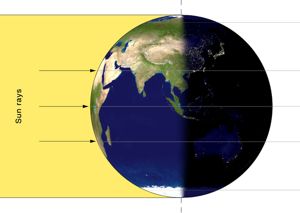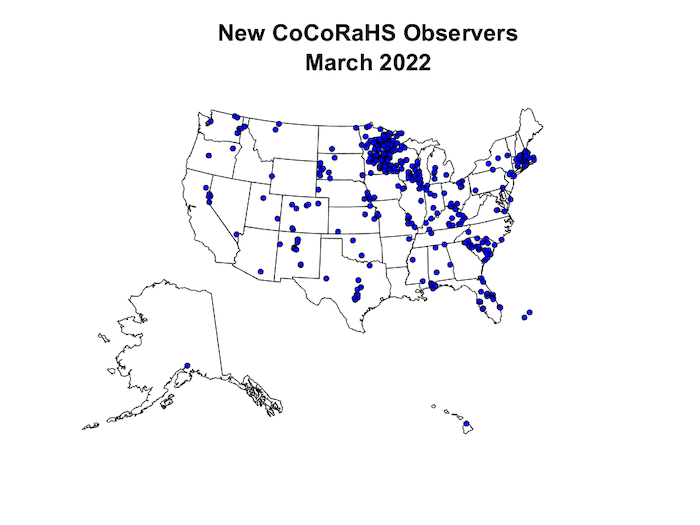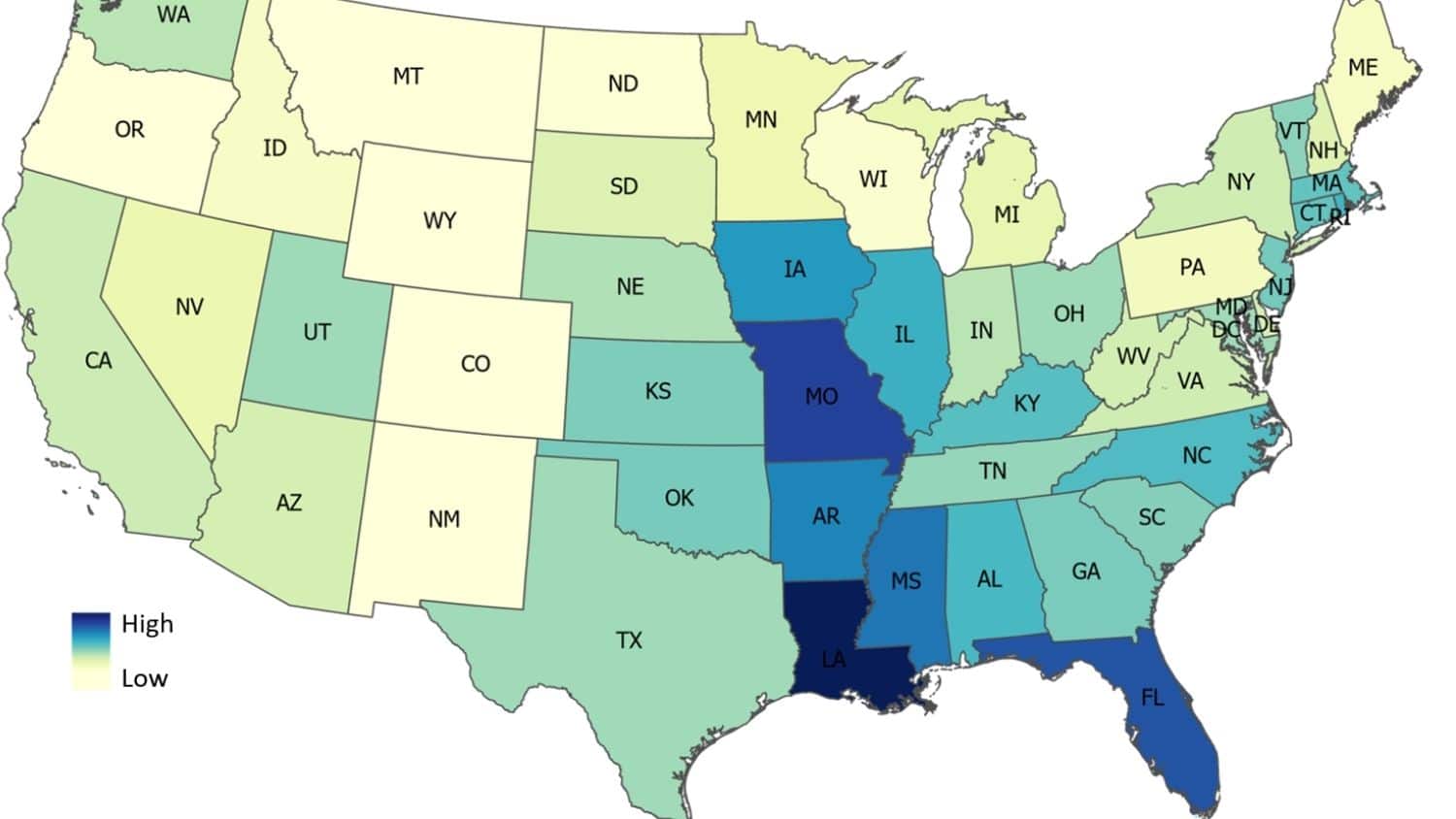Climate and Ag in the news
-

Here on this blog, we celebrate the beginning of climatological (some call it meteorological) spring on March 1. But we also mark the start of astronomical spring, which begins this year on March 20 at 11:33 am ET. This is the date on which the days and nights are of essentially equal length. If you…
Posted in: Climate and Ag in the news -

Today was a good day for many people to observe how water droplets move on car windshields, at least here in Georgia. Science News noted this week that a new study shows that the movement of the droplets up or down the windshield depends on the size of the drop. The larger drops move downward…
-

The National Weather Service provides a lot of weather and climate observations across the United States and has done so for well over 100 years. But their network is limited in what it measures, focusing mainly on temperature and precipitation, plus wind, humidity, and pressure at airport locations where that information is needed for flight…
-

With the dry conditions out west and the rainy season nearly finished, water managers out there are worried about how to provide water for the thirsty citizens and crops that live and grow there in the dry land. In past years, the snowpack that accumulated over the winter provided irrigation water as they slowly melted…
Posted in: Climate and Ag in the news -

If you are interested in keeping track of precipitation at your home or business, you might be interested in joining the Community Collaborative Rain Hail and Snow Network, also known as CoCoRaHS. This network of citizen scientists takes daily measurements of precipitation using a standard 4-inch diameter rain gauge and reporting it online every day.…
-

A recent study by scientists at North Carolina State University showed that recent flood maps produced by the Federal Emergency Management Agency (FEMA) do not do a good job of capturing flood risk based on their study of flood damage across the United States. The study showed that many areas with extensive flood damage occurred…
-

The latest monthly and seasonal climate summary for the United States was released today by NOAA. The maps show that February was quite a bit warmer than normal across the Southeast with dry conditions across most of the region. For the winter, we saw a very typical La Nina pattern, with drier than normal conditions…